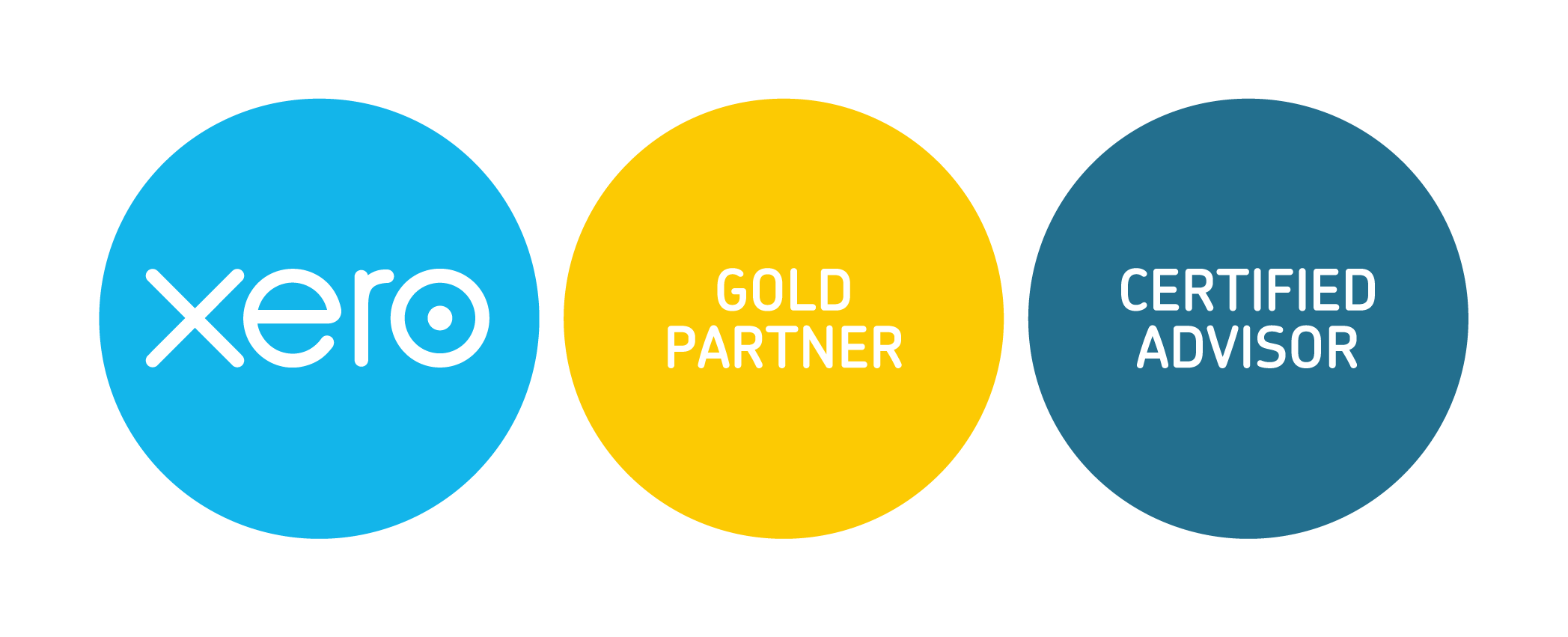
Date posted: 2021-03-29
If your company is creating or developing new products, processes or services you could be eligible for R&D tax relief. For SMEs this can amount to a huge 230% deduction of qualifying costs from your corporation tax bill! This government incentive is designed to get UK companies spending more on research and development.
Back in 2000, the Government introduced R&D tax relief to encourage companies to invest in innovation. Many companies take advantage of the scheme every year – and that number is steadily increasing. For the tax year 2018-2019, it’s estimated that over £6.3bn was claimed through R&D Tax Relief.
The scheme is available to both SMEs and larger companies. This blog post will focus on SMEs; those with under 500 staff and a turnover of less than £100m or a balance sheet total under £86m. Larger companies can claim under the R&D Expenditure Credit (RDEC), which is slightly less favourable – but still well worth doing!
What is R&D Tax Relief?
R&D Tax credits are a valuable source of cash for businesses. It can allow a company to invest in accelerating their research and development plans, hire new staff and grow their profits. For profit-making companies, the initiative will reduce your corporation tax liability. If your company is making a loss at the moment, you can generate a repayable tax credit.
The tax savings can be huge! You can deduct 230% of qualifying expenditure. In real terms, that means for every £100 you spend on your R&D project, your corporation tax bill can be reduced by an additional £130. On top of the £100 spent.
Research and development can be found in any industry. HMRC’s definition of what counts as R&D is actually pretty broad. Many people outside of the science and technology sectors don’t think they can qualify.
But when you think about it, ask yourself, do you:
- Have products that you make or upgrade?
- Spend time improving processing or handling techniques?
- Build prototype products or parts? And test them?
- Design new or alternative materials?
Your project can involve research and development for a new process, product or service. Equally, working to improve an existing one will qualify. It also doesn’t matter if your project was a “success” – the cost of your project can still count towards your tax relief.
The majority of R&D tax relief claims come from manufacturing, information and communication (this includes computer software design) and professional, scientific and technical sectors. However, companies in other sectors are often also eligible; from textile designers to estate agents. Don’t assume that you’re not doing R&D!
How does it work?
You can make a claim for R&D tax relief up to two years after the end of the accounting period it relates to.
You’ll need to identify specific projects that qualify for R&D tax relief. Then from these you’ll need to work out which expenses are eligible. You can claim for things like staff salaries (including their NI and pension contributions), subcontractor costs (65%), software and consumables. You can’t claim for capital expenditure, rent or rates. So the expenses have to be directly related to your R&D efforts and not general running costs.
This is where we come in.
At My Management Accountant we can act as your R&D tax advisor. We’ll help you identify qualifying projects and work out the expenditure related to them. HMRC also recommends preparing a technical narrative report. We can help with this too; highlighting the uncertainties that you came across and how you tried to overcome them. We’ll liaise with HMRC on your behalf and help your claim go through quickly and smoothly.
To discuss any aspect of your research and development, speak to a member of our team today. We’re on hand to help you challenge the misconceptions around R&D tax relief!

